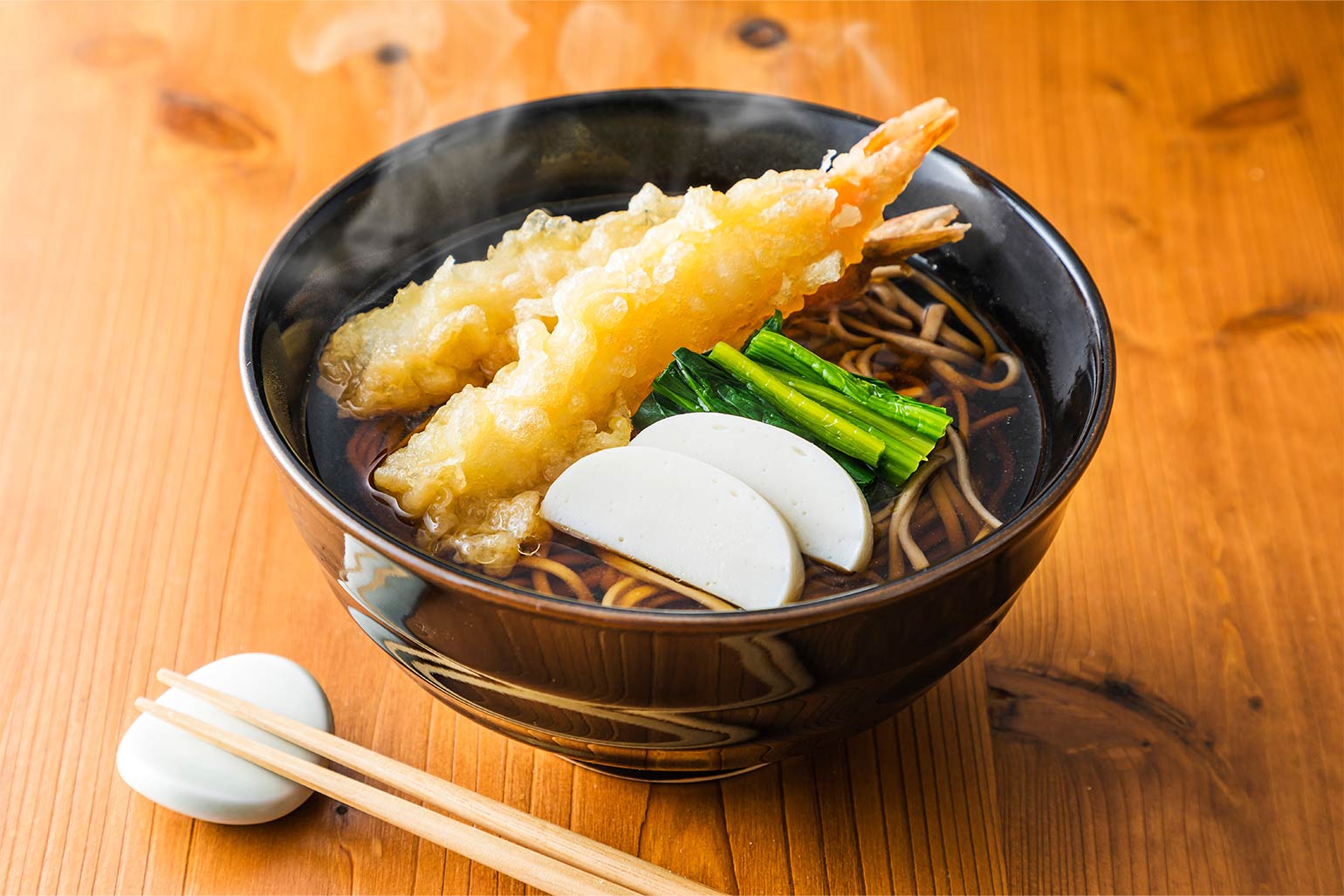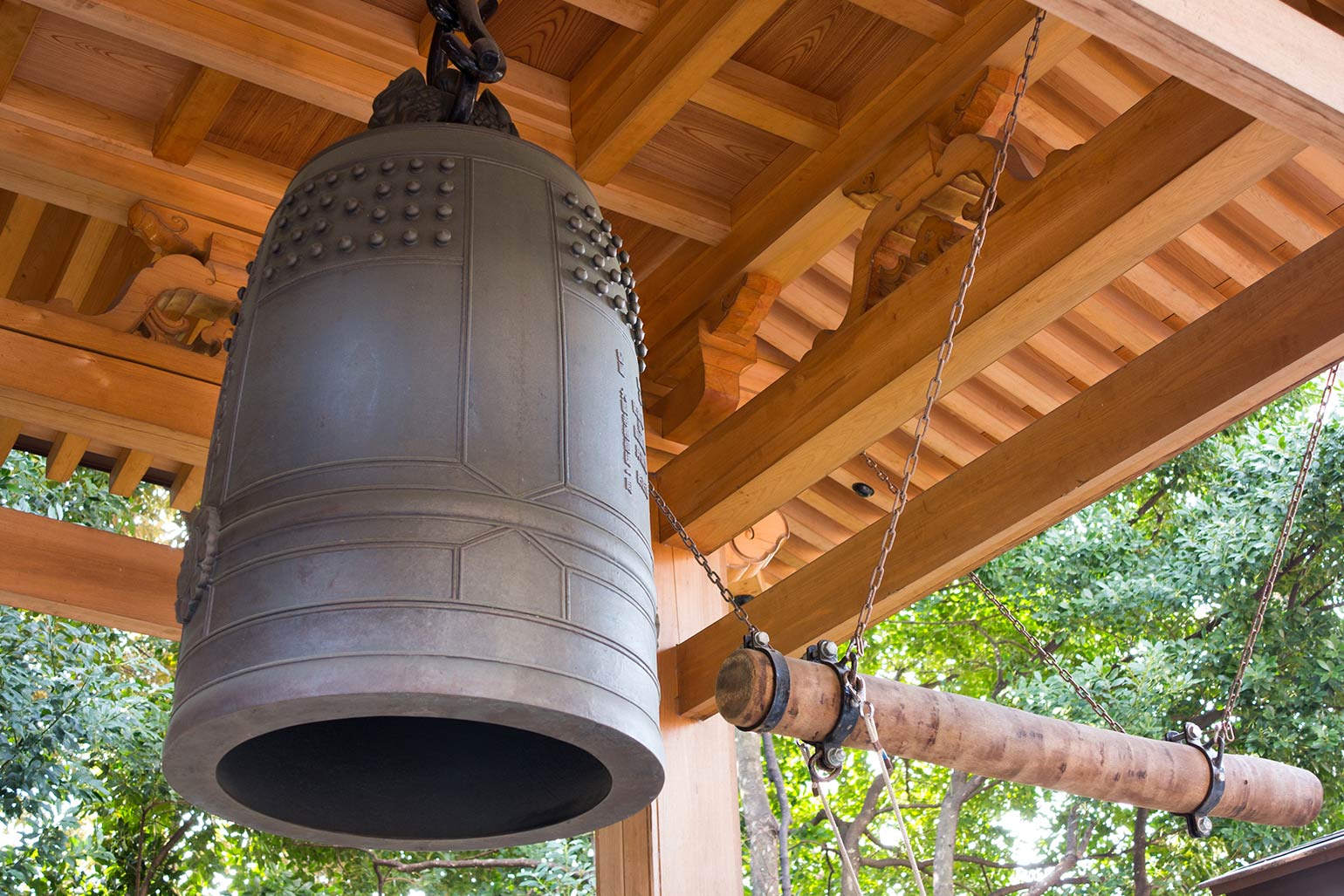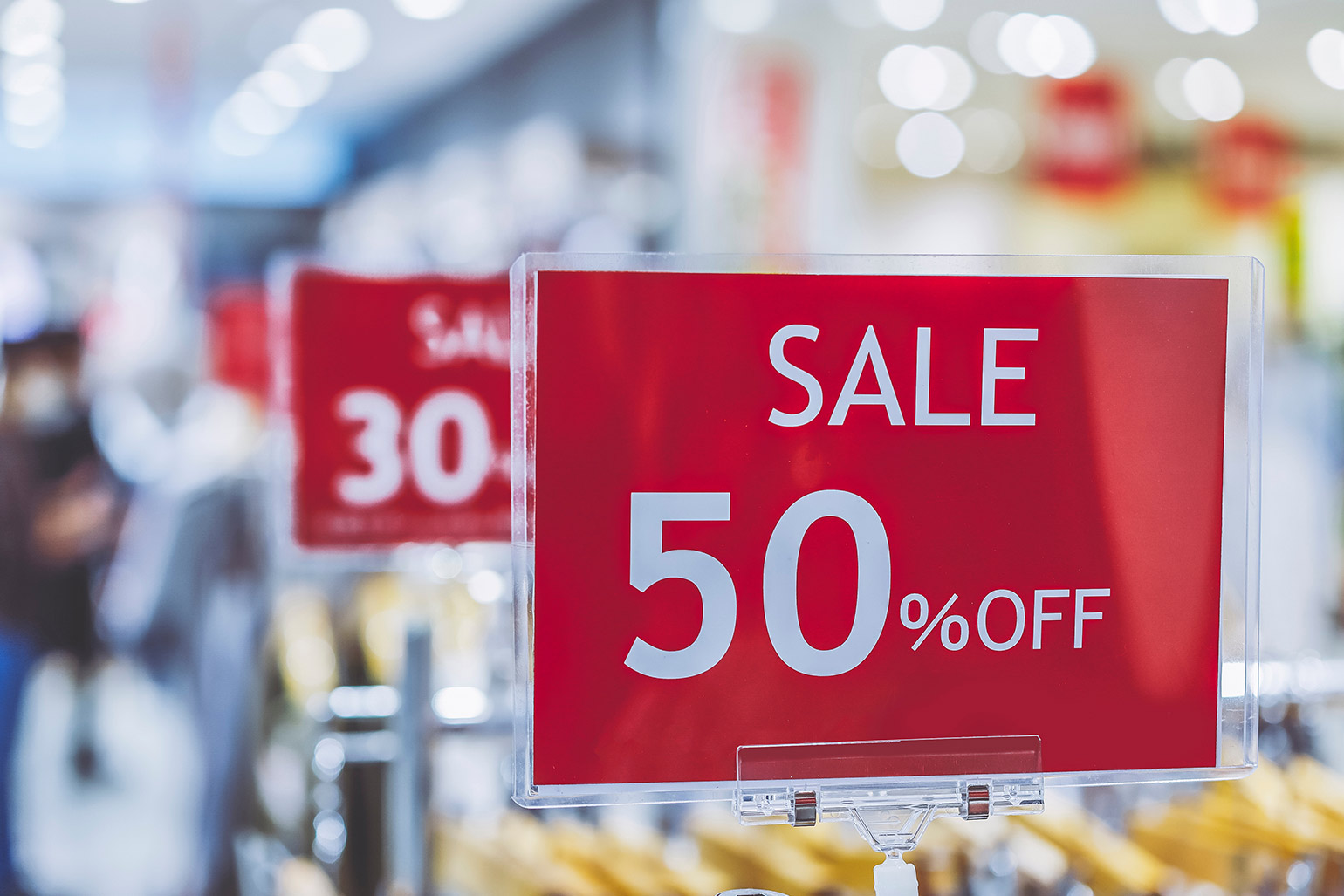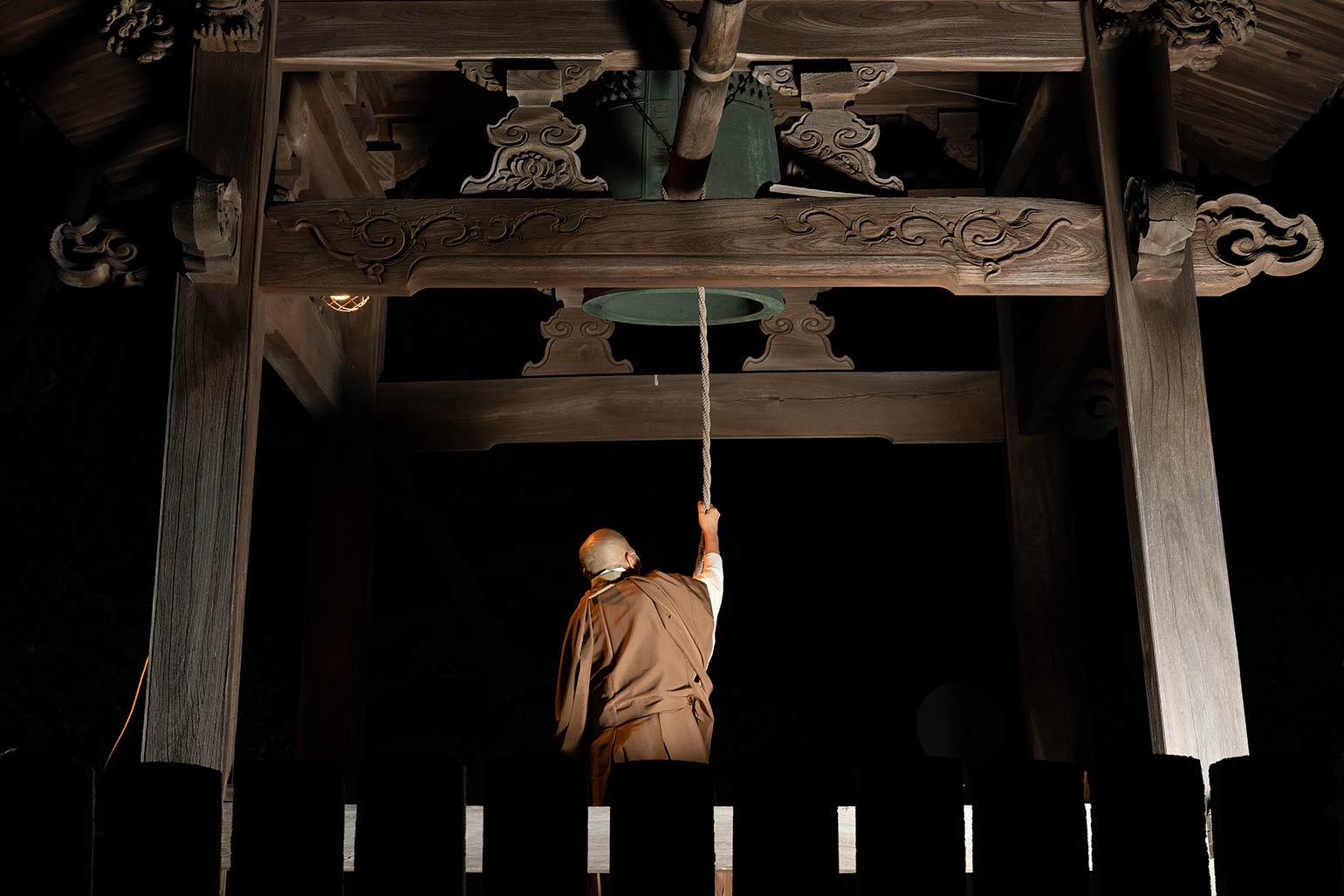In this article, we would like to shere you some of the customs known as Japanese New Year’s Eve traditions. Unlike Halloween or Christmas, most customs are probably relatively peaceful and quiet. All customs have good mood, so we hope you will experience them for yourself once.
Toshikoshi-Soba(Soba noodles for New Year’s Eve)

Soba is known as a typical Japanese noodle dish. In Japan, there is a custom of eating soba on New Year’s Eve to bring good luck. That is called “Toshikoshi Soba”. Why is eating soba associated with good luck? Well, there are various theories as to the reason, so here we will shere some commonly known theories. One of the them is that because soba noodles are easier to cut than other noodles, it was thought to be a symbol of praying to “Welcoming the new year by severing ties with the misfortunes of this year”. The idea is that by eating it, you can bring good luck. Therefore, by eating soba, people made a wish that they would be blessed with good luck. Another theory is just like this. Comparing it to long, thin soba noodles, people hoped that “The good days will last forever even after the new year”. As we mentioned in a previous article introducing “Practice Superstition” on this site, the Japanese have long had a culture of trying to find good luck by making unique imagenations or interpretations about various things and events. Eating “Toshikoshi Soba” can be also considered one of them. So, what kind of soba dish is “Toshikoshi Soba”? You might be expecting that. …Umm sorry, but actually there is no particular style of presentation or cooking method. There aren’t that many differences depending on region. Sometimes it’s eaten cold, like “Zaru soba” or “Mori soba”, and sometimes it’s eaten hot, like “Tempura soba” or “Nishin(Herring) soba”. The one served at restaurants on New Year’s Eve may be relatively often the hot one in the soup with shrimp tempura on top. Basically, it is a soba dish that is served in a free style by each home or restaurant.
Joya no Kane(Temple Bell ringin’ on New Year’s Eve night)

It is one of the New Year’s Eve events performed at Buddhist temples and some shrines in Japan. “Joya no Kane” is the event to ring the temple bells at each temple between midnight on New Year’s Eve and midnight on New Year’s Day, they were originally held at Zen temples. It seems to have started around the Muromachi period(14th-15th century) when Zen Buddhism began to become established in Japan. The most commonly known theory is that the purpose of this event is to ring the bell 108 times for purifing human beings of their worldly desires. There are also other various theories as to the purpose of the event, such as the theory that the 108 ringings are sounded in reference to the number of the calendar year. Therefore, today’s temples other than Zen temples sometimes perform the ceremony, but there are some temples that do not perform it at all due to the religious doctrines of their sects. In Japan, where most people are relatively uninvolved with specific religions or beliefs, it is one of the well-established and accepted religious events.
Year-end cleanup

From the end of Christmas to New Year’s Eve, the whole country of Japan is rushing to prepare for the coming of the New Year. And… These most labored part of the preparation is the “Year-end cleanup”. These cleanups are not particular, such that we’m going to clean up a little more seriously than usual. They are not formal ceremony or event. However, many Japanese people consider this “Year-end cleanup” as an New Year’s Eve tradition. Japanese people have always been fond of bringing “good luck”, and they dislike “bad luck” and things that bring them in. We many of Japanese believe that “dirt” attracts “bad luck”, right? This “Year-end cleanup” is to clean up the “dirt” of the year by the end of the year, and to welcome the New Year with a good feeling. It is a kind of “dropping off the bad luck”. Some famous temples and shrines make it a regular New Year’s Eve event to clean out their buildings, called “Susuharai”. And these cleanups are common in every household in this country during the year-end season. It would not be wrong to say that “Year-end cleanup” is one of the New Year’s Eve traditions.
Year-end sale ~Extra topic

This is not an event limited to New Year’s Eve. It’s a service sale carried out at commercial facilities and stores throughout Japan during the year-end period from mid-December to New Year’s Eve. At this time of year, the streets are filled with “Year-End Sale” signs, creating a unique atmosphere that is different from the usual. The atmosphere is like that of a festival that is about to begin, somewhat exciting, yet somewhat rushed… In Japanese, the month of December is also called “Shiwasu”. “Shiwasu” means that it is the time when even the “masters” (Example, great people who are called “teachers”), who are usually calm, are busy running around. The scenery of the city during the season seems to create and further enliven the excitement and busy atmosphere that is unique to this time of year. Even in the same place, there is a different atmosphere during this time of year, and it is quite atmospheric. We hope you will experience it for yourself.
Since long ago, welcoming the New Year has been very important for Japanese people because it means to reconditionor prepare one’s body, mind, and surroundings. Of course, also in today’s Japan, there are some events where people gather in large numbers and count down call to welcome the New Year, On the other hand, there are many people who want to celebrate New Year’s Eve in a peaceful and silent atmosphere. At least on New Year’s Eve, many of them might want to leave the usual hustle and bustle behind and spend the day in peace.




_op.png)
_001.png)
_002.png)
_003.png)
_004.png)
_005.png)
_006.png)
_007.png)
_008.png)
